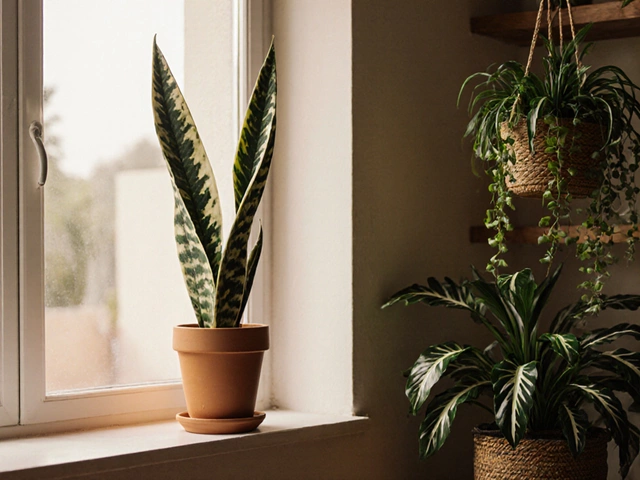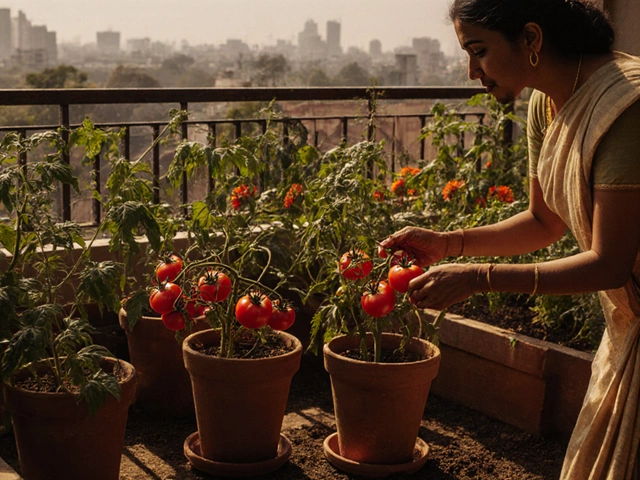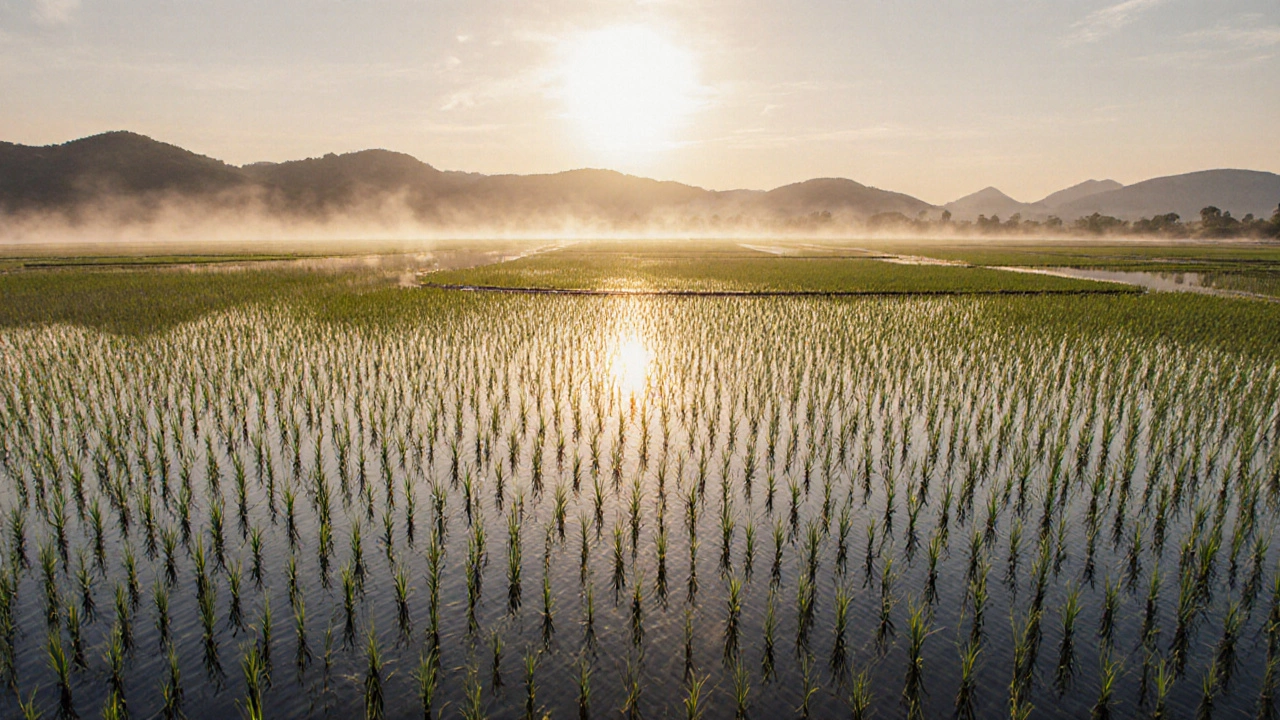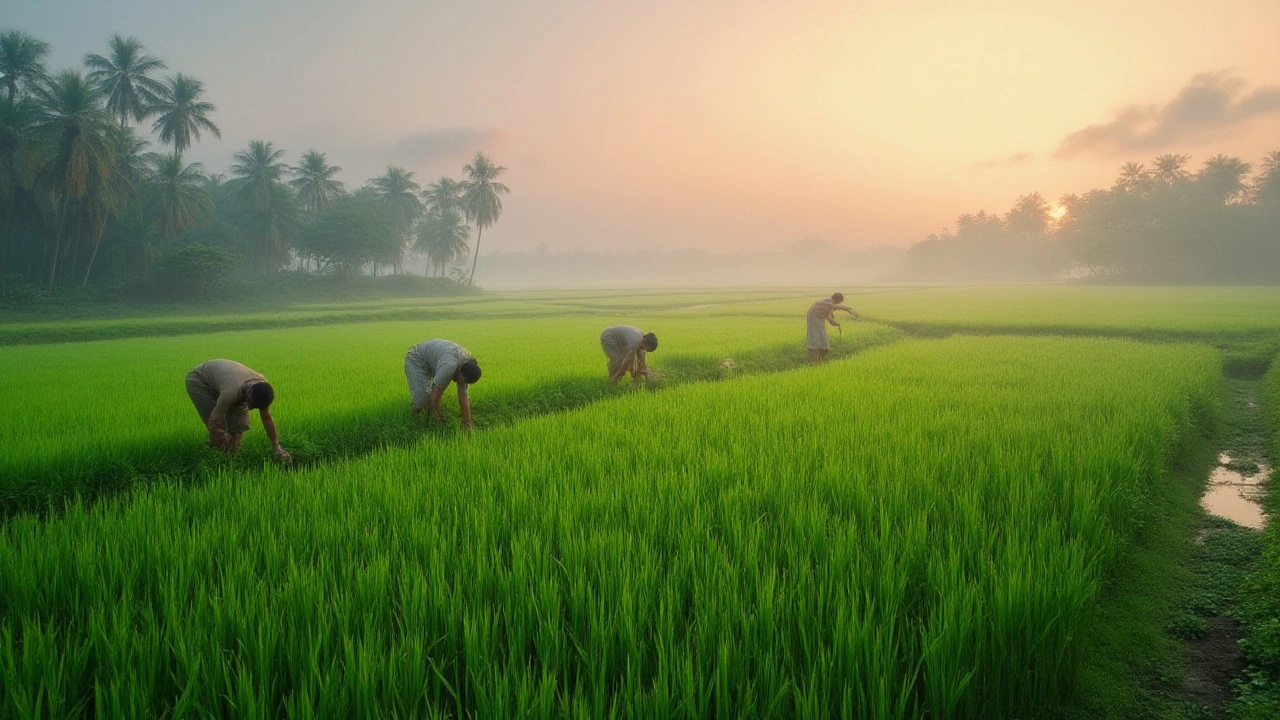Best Soil for Rice: What You Need to Know
When you start a rice plot, the soil decides if the crop will thrive or flop. In India most farms have clay‑loam, but not every clay works. Below we break down the exact traits you should look for and how to tweak your ground for a strong, steady rice stand.
Key Soil Traits for Rice
Rice loves a soil that holds water but still lets air reach the roots. Aim for a loamy texture with about 30‑40% sand, 30‑40% silt and 20‑30% clay. This mix gives enough capillary action to keep the field flooded without turning into a mud pit.
pH is another big deal. A range of 5.5 to 6.5 keeps nutrients like phosphorus and potassium available. If your soil is too alkaline, add elemental sulfur or organic matter to bring it down. If it’s too acidic, lime will balance it out.
Organic matter should sit around 3‑5% by weight. Farmyard manure, composted rice straw or vermicompost all work well. They improve structure, boost microbial life, and slowly release nitrogen, which rice needs a lot of during tillering.
How to Prepare Your Rice Bed
First, clear the field of weeds and old residues. Then, plow or till to a depth of 15‑20 cm. This breaks up compact layers and lets you blend in sand or coarse loam if the native soil is too heavy.
Spread 5‑7 cm of well‑rotted manure over the surface and work it into the top 10 cm. After that, level the land and make a gentle slope of 0.1‑0.3% to help water flow evenly. This prevents waterlogging in some spots while keeping other areas moist.
Before flooding, give the soil a quick test for nutrient levels. If nitrogen is low, add a split dose of urea: one before planting and another at tillering. Phosphorus can be supplied with single superphosphate, especially if the soil test shows deficiency.
When you finally flood the field, maintain a water depth of 5‑10 cm for the first three weeks. After the plants have established, raise the level to 10‑15 cm. This water layer keeps weeds down and supplies the rice roots with the oxygen they need.
Lastly, keep an eye on drainage. Too much water after flowering can cause grain rot. Open the sluice gates slowly to lower the level a week before harvest. This helps the stalks dry and makes mowing easier.
By matching the right texture, pH, organic content and water management, you give your rice the foundation it needs to grow big and healthy. Follow these steps and you’ll see better yields without expensive chemicals or fancy equipment.
Ready to test your soil? Grab a simple pH kit, mix in some compost, and watch your rice field turn green. Happy planting!
Ideal Land for Growing Rice: Best Soil Types & Conditions
Learn which soil types and land conditions give rice the best chance to thrive, with practical steps for soil testing, amendment, and water management.
Best Soil for Rice Cultivation: Secrets to Thriving Paddies
Discover the best soil for rice cultivation, how it affects growth, and tips to improve your own rice field no matter where you live. Detailed guide inside.
About
Rice Cultivation
Latest Posts


Grandma Plant Explained: Easy‑Care, Sustainable Houseplant Guide
By Alden Thorne Oct 17, 2025

Cheapest Way to Amend Garden Soil: Simple Fixes That Actually Work
By Alden Thorne Jun 8, 2025

Vegetables That Grow Well Next to Each Other: Smart Pairings for a Healthy Garden
By Alden Thorne May 13, 2025


